Bridge Template
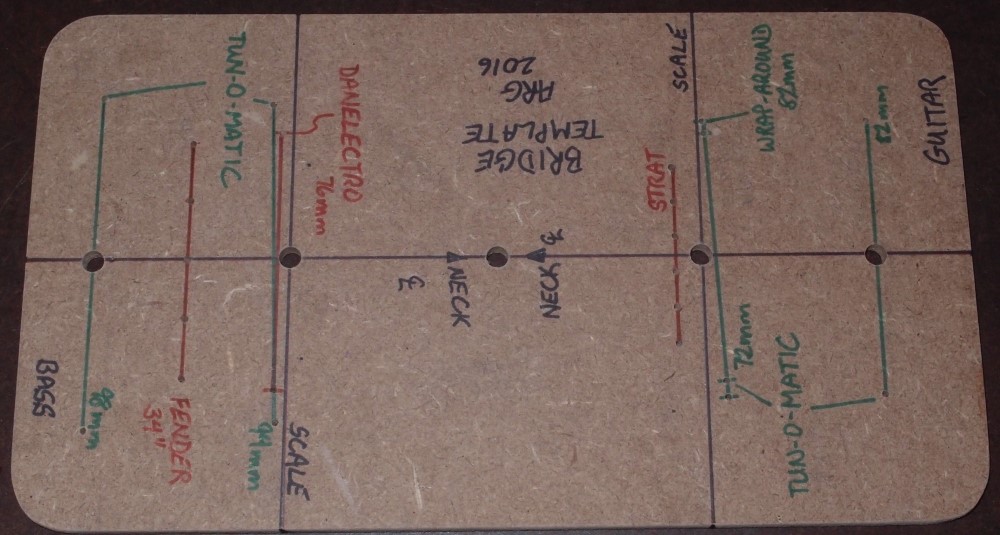
Here's a little gadget that I finally got around to finishing, that should save me a lot of bother in the future. It is a template for laying out screw holes for various bridges, both guitar and bass.
To use this template, assemble the neck to the body and align it to the centerline, or align the centerline to the neck, whatever works. Measure from the inside of the nut and mark the exact scale length on the centerline, no compensation. Lay the template on the body and line up all the marks, the large holes are for sighting. Then mark the bridge holes with a sharp pencil or a push pin. The bridge will install in exactly the right place. The measurements are taken off real hardware.
I am surprised StewMac does not offer something like this. They are welcome to take the idea, as long as they don't screw it up like their awful neck pocket template. I can't figure out what their Precision bass pickup template is for either, but that's about it, the rest of their tools are great, and Dan Erlewine is the Bob Vila of guitars.
It might be better to make this from clear Lexan, but that would cost money and break my heart, so I used a scrap of my favorite tonewood, masonite.
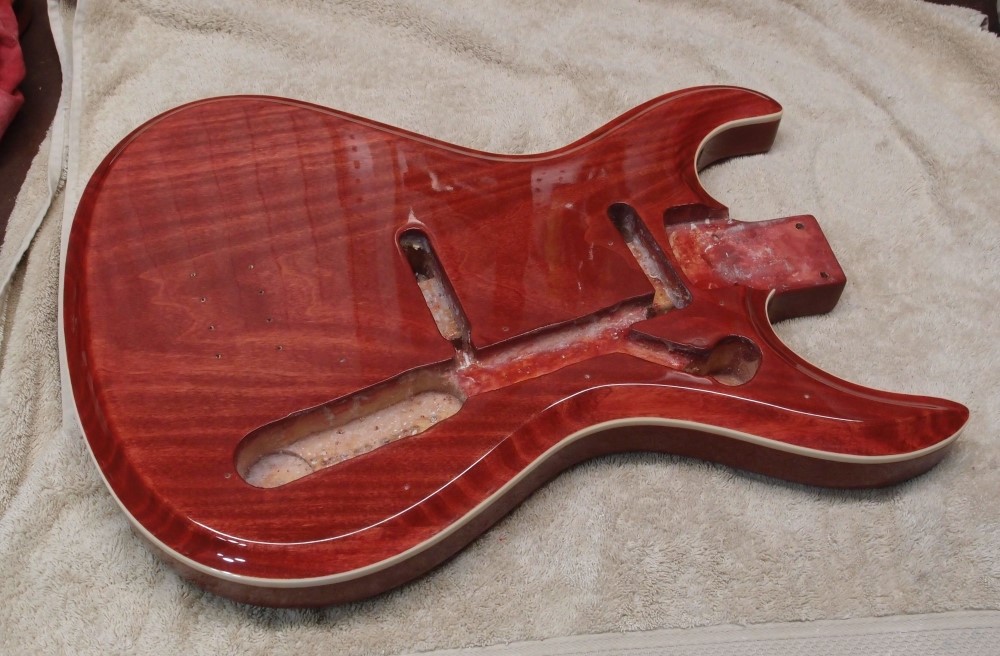





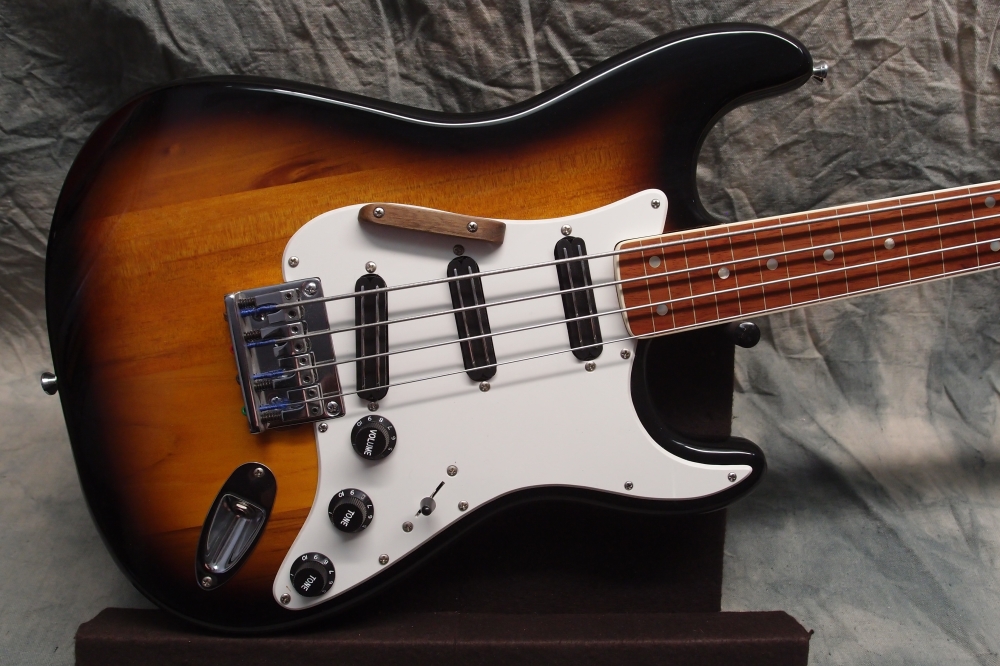
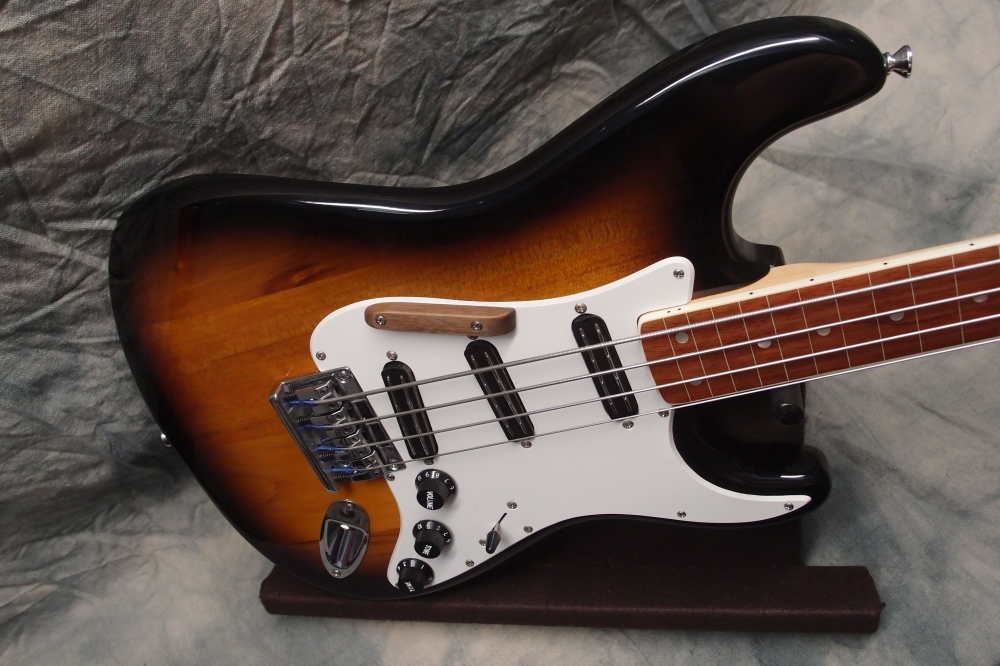
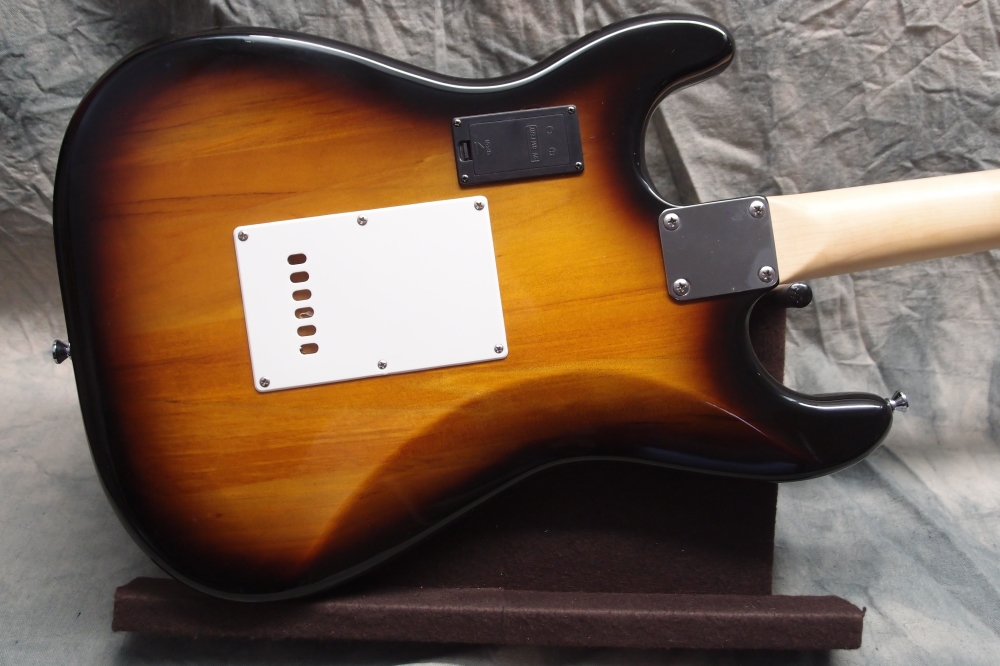
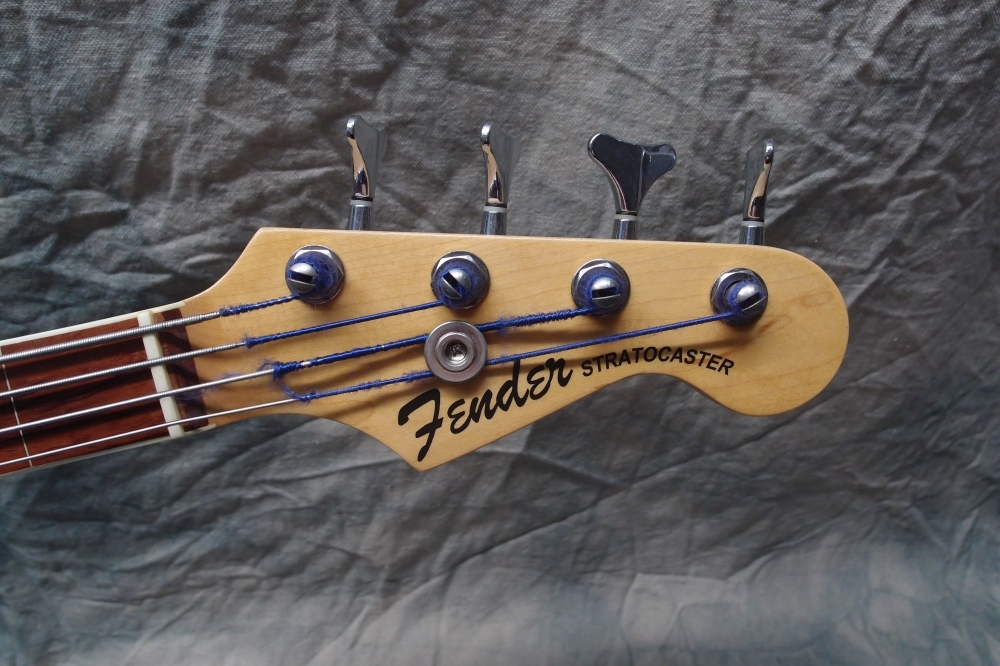
Questions or Inquiries?
Just want to say Hello? Sign the .